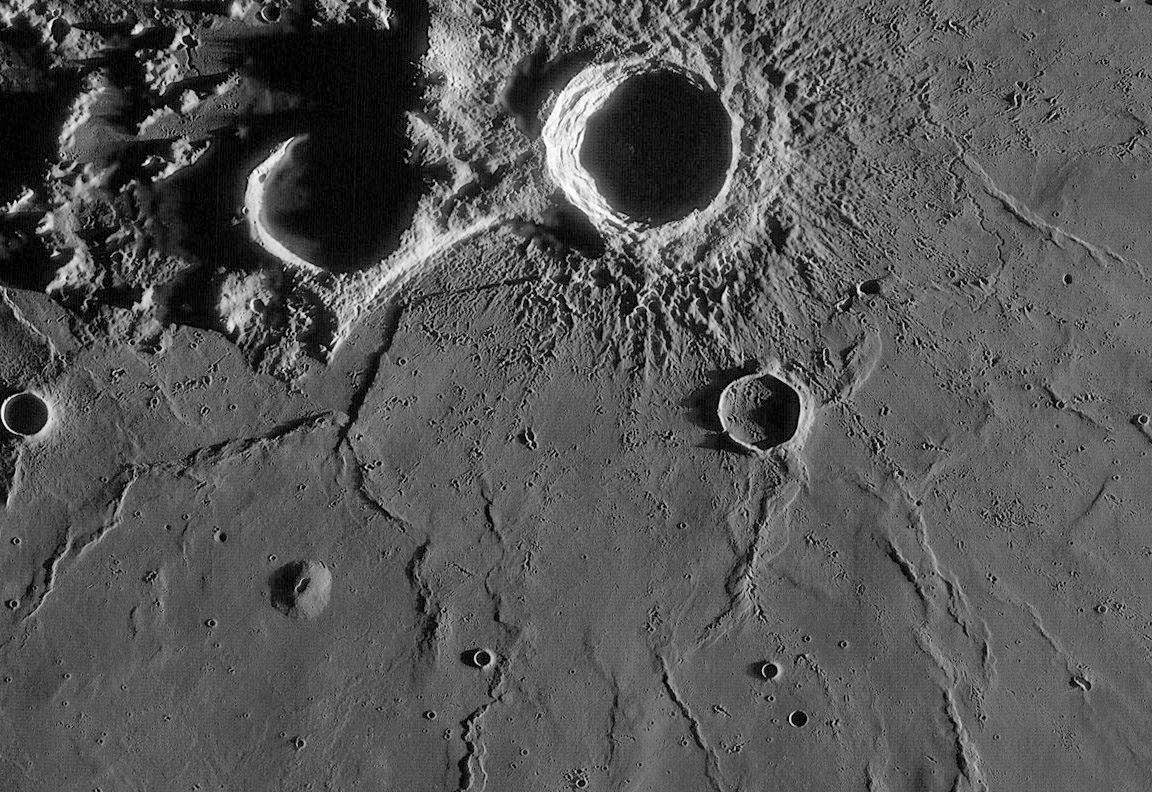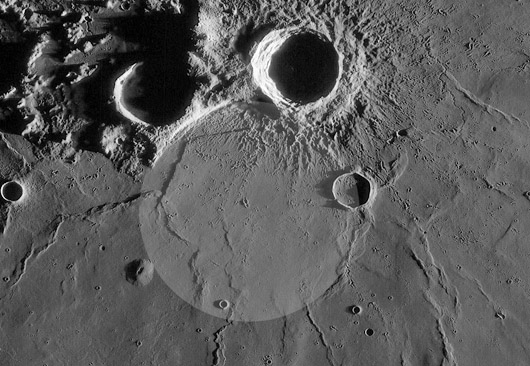Difference between revisions of "September 17, 2012"
| (4 intermediate revisions by the same user not shown) | |||
| Line 1: | Line 1: | ||
__NOTOC__ | __NOTOC__ | ||
=Find the Big Crater= | =Find the Big Crater= | ||
| + | <!-- Start of content --> | ||
<!-- ws:start:WikiTextHeadingRule:0:<h1> --> | <!-- ws:start:WikiTextHeadingRule:0:<h1> --> | ||
<!-- ws:start:WikiTextLocalImageRule:14:<img src="/file/view/LPOD-Sep17-12.jpg/365178646/LPOD-Sep17-12.jpg" alt="" title="" /> -->[[File:LPOD-Sep17-12.jpg|LPOD-Sep17-12.jpg]]<!-- ws:end:WikiTextLocalImageRule:14 --><br /> | <!-- ws:start:WikiTextLocalImageRule:14:<img src="/file/view/LPOD-Sep17-12.jpg/365178646/LPOD-Sep17-12.jpg" alt="" title="" /> -->[[File:LPOD-Sep17-12.jpg|LPOD-Sep17-12.jpg]]<!-- ws:end:WikiTextLocalImageRule:14 --><br /> | ||
| − | <em>this is a piece of the LRO WAC [http://lpod. | + | <em>this is a piece of the LRO WAC [http://www2.lpod.org/wiki/August_20,_2012 mosaic] processed by [mailto:mauricejscollins@hotmail.com Maurice Collins], New Zealand</em><br /> |
<br /> | <br /> | ||
<table class="wiki_table"> | <table class="wiki_table"> | ||
| Line 20: | Line 21: | ||
<br /> | <br /> | ||
<strong>Related Links</strong><br /> | <strong>Related Links</strong><br /> | ||
| − | Rükl plate [ | + | Rükl plate [https://the-moon.us/wiki/R%C3%BCkl_18 18]<br /> |
Mustard et al (2011) [http://www.planetary.brown.edu/pdfs/4130.pdf Compositional diversity and geologic insights of the Aristarchus crater from Moon Mineralogy Mapper data] (PDF) . JOURNAL OF GEOPHYSICAL RESEARCH, VOL. 116, E00G12, doi:10.1029/2010JE003726, 2011. <br /> | Mustard et al (2011) [http://www.planetary.brown.edu/pdfs/4130.pdf Compositional diversity and geologic insights of the Aristarchus crater from Moon Mineralogy Mapper data] (PDF) . JOURNAL OF GEOPHYSICAL RESEARCH, VOL. 116, E00G12, doi:10.1029/2010JE003726, 2011. <br /> | ||
<br /> | <br /> | ||
| + | <p><b>Yesterday's LPOD:</b> [[September 16, 2012|Technicolor Moon]] </p> | ||
| + | <p><b>Tomorrow's LPOD:</b> [[September 18, 2012|Copernico]] </p> | ||
<hr /> | <hr /> | ||
| − | + | {{wiki/ArticleFooter}} | |
| − | |||
| − | |||
| − | |||
| − | |||
| − | |||
| − | |||
| − | |||
| − | |||
| − | |||
| − | |||
| − | |||
Latest revision as of 07:36, 28 October 2018
Find the Big Crater

this is a piece of the LRO WAC mosaic processed by Maurice Collins, New Zealand
A Few More Comments
Positing that an uplift existed before the formation of the Imbrium Basin disagrees with my bias that the Aristarchus Plateau's existence is related to the basin. Perhaps the Plateau did form in association with Imbrium, and South AP formed after the basin, but before the lava flooding. That would be consistent with most of the observations above. And I can't help but wonder if the conspicuous dome exists because fractures along South AP's rim allowed magma to reach the surface there.
Related Links
Rükl plate 18
Mustard et al (2011) Compositional diversity and geologic insights of the Aristarchus crater from Moon Mineralogy Mapper data (PDF) . JOURNAL OF GEOPHYSICAL RESEARCH, VOL. 116, E00G12, doi:10.1029/2010JE003726, 2011.
Yesterday's LPOD: Technicolor Moon
Tomorrow's LPOD: Copernico
COMMENTS?
Register, Log in, and join in the comments.




